Article from : https://zhuanlan.zhihu.com/p/60160181
From its founding in the early 7th century to its demise in the 15th century, the Khmer Empire was once the most prosperous empire in Southeast Asia. At its height, its territory stretched east to the South China Sea, west to Burma, and covered the central, southern regions, reaching down to the Malay Peninsula. Parts of Laos, Champa (present-day southern Central Vietnam), and a portion of Thailand were also under the control of the Khmer Empire.
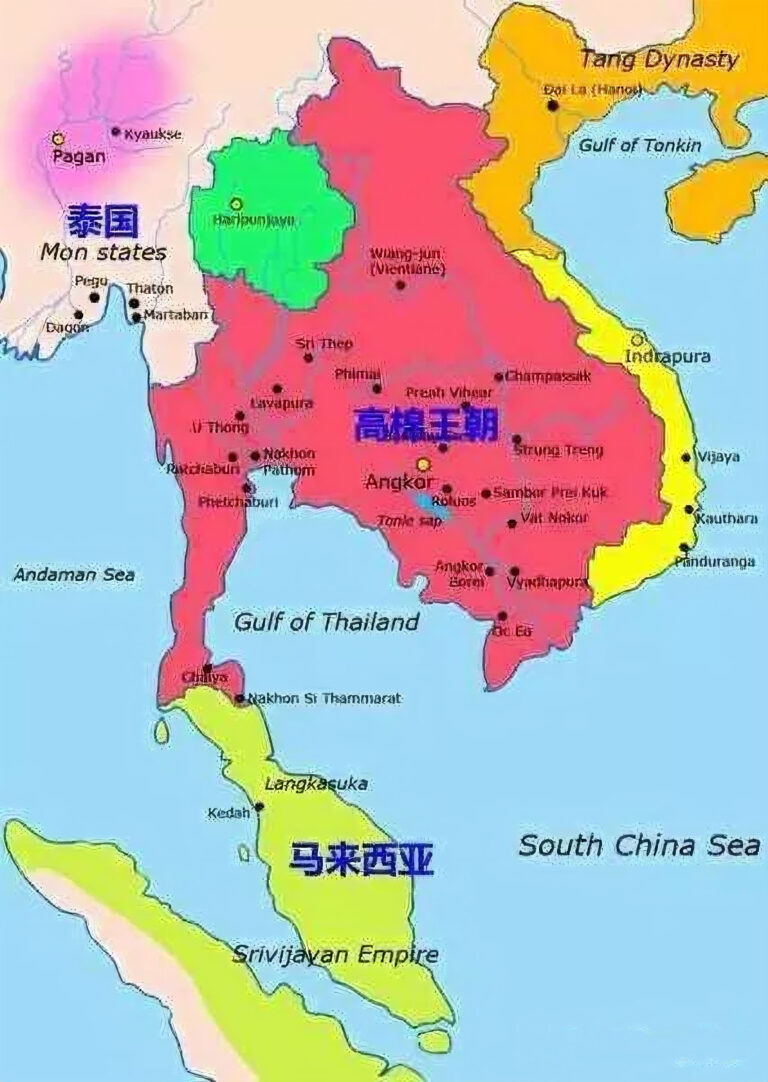
(Excerpt from "Records of Nations: Cambodia")
Over the course of more than 600 years, several significant kings played pivotal roles in sustaining the empire, and thanks to their efforts, we can witness the spectacular cultural remnants in the Angkor region today.

Founder Emperor Jayavarman II, after generations of struggle and accumulation, declared himself the world emperor in 802 AD. He established his capital in Roluos, about 30 kilometers northeast of the Angkor region.
The Roluos site narrates the early history of the Khmer Empire and is an integral part of the entire Angkor complex. The existing three major temples, Bakong, built by Jayavarman III, Preah Ko, built by Indravarman I, and Lolei, built by Yasovarman I, still stand as remnants of this period.
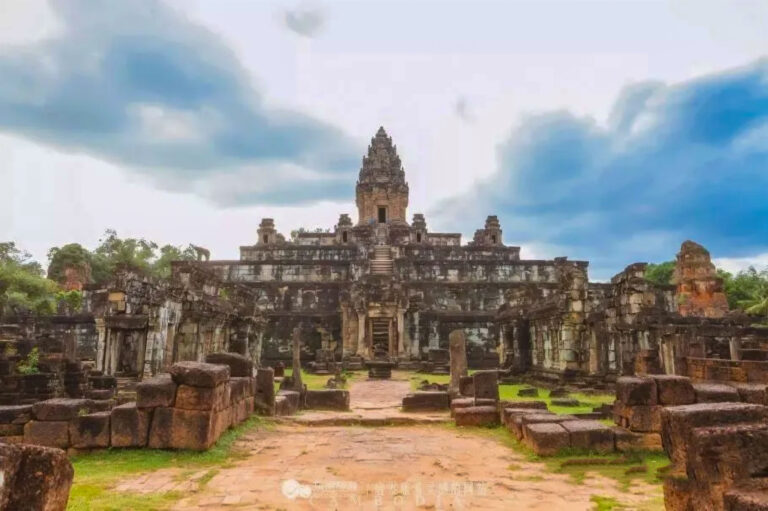
Roluos Temple,Photo taken from the internet.
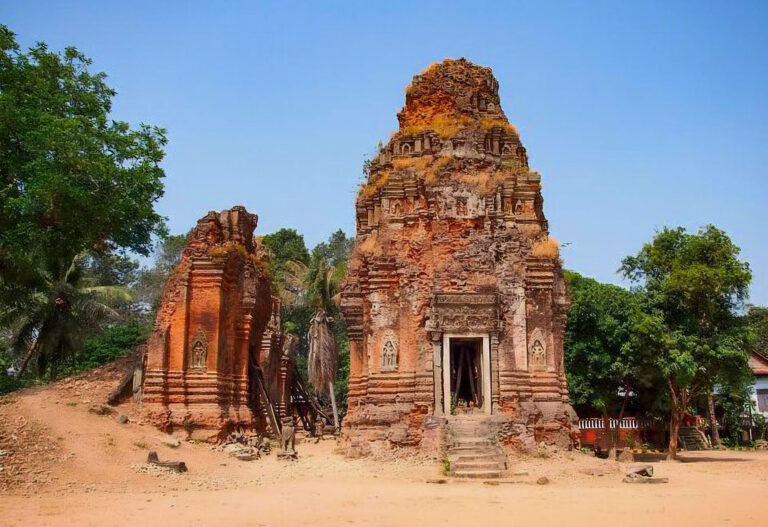
Lolei Temple - Photo from internet.
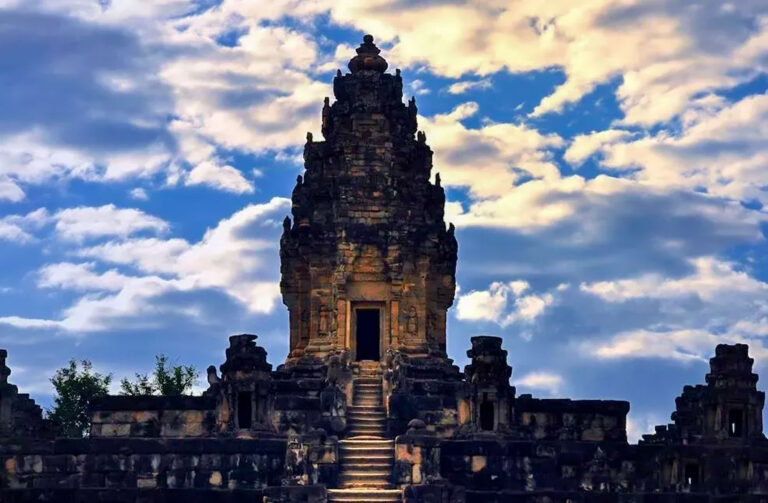
Preah Ko - photo from internet
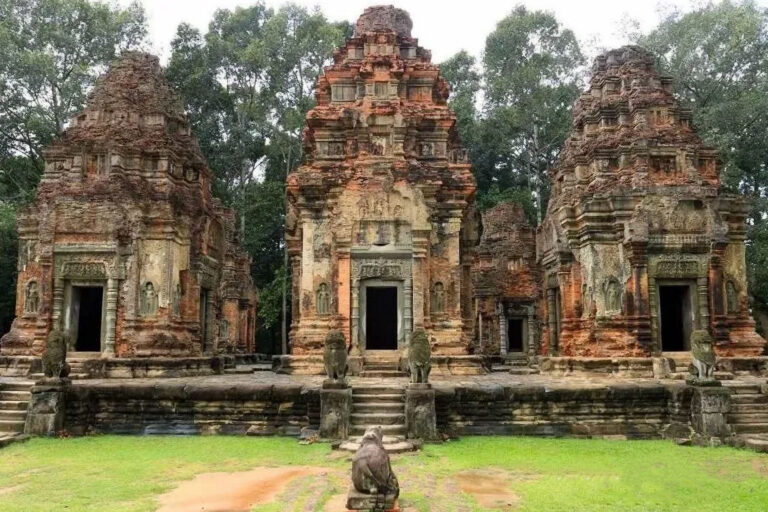
Bakong Temple - Photo from internet
Due to the low elevation of Roluos, susceptible to flooding during Cambodia's monsoon climate, Yasovarman I decided to move the capital to Bakeng in the Angkor region, marking the beginning of a new chapter for the Khmer Empire. Subsequently, the empire's capital was primarily maintained within this area.
Bakeng's site is grand, featuring over 100 towers. Due to severe damage to the structures, the site now limits daily visitors to 300. Standing atop Bakeng offers a panoramic view of the Angkor city, with particularly breathtaking sunsets.

Bakeng temple , photo from internet
Yasovarman I's significant achievement was the construction of a vast artificial reservoir, measuring 7 kilometers by 4 kilometers. This served as a major public welfare project, effectively preventing floods and alleviating drought.
Following Yasovarman I, the Khmer Empire went through a period of turmoil until the reign of Rajendravarman I. In 953, he built the guardian temple of the East Mebon near the Eastern Baray reservoir, and in 961, he constructed the temple known as Pre Rup.
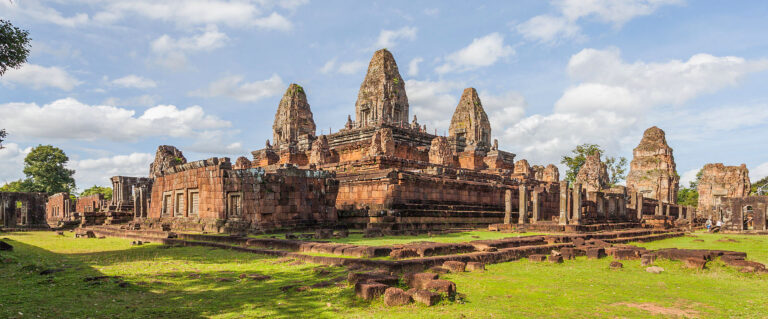
Pre Rup Temple, By Diego Delso, CC BY-SA 3.0, https://commons.wikimedia.org/w/index.php?curid=30238197

Pre Rup Temple, By Diego Delso, CC BY-SA 3.0, https://commons.wikimedia.org/w/index.php?curid=30238197
Rajendravarman I's son, Jayavarman V, built the new state temple Ta Keo, currently undergoing restoration by a Chinese research team. During his reign, the important structure known as the Queen's Palace was also completed.

Ta Keo - This Photo was taken by Supanut Arunoprayote.
Banteay Srei, a temple built by the crucial minister Yajnavaraha during the reigns of Rajendravarman and Jayavarman V, is known for its exquisite carvings. Despite being a temple dedicated to Shiva, it has erroneously come to be associated with queens and women. The intricate carvings of goddesses inside the temple earned it the title "the Mona Lisa of the East" by Westerners.

Banteay Srei - Photo from internet
Suryavarman I constructed the extensive West Baray reservoir, which is still in use today. King Udayaditvarman built the Baphuon Temple.
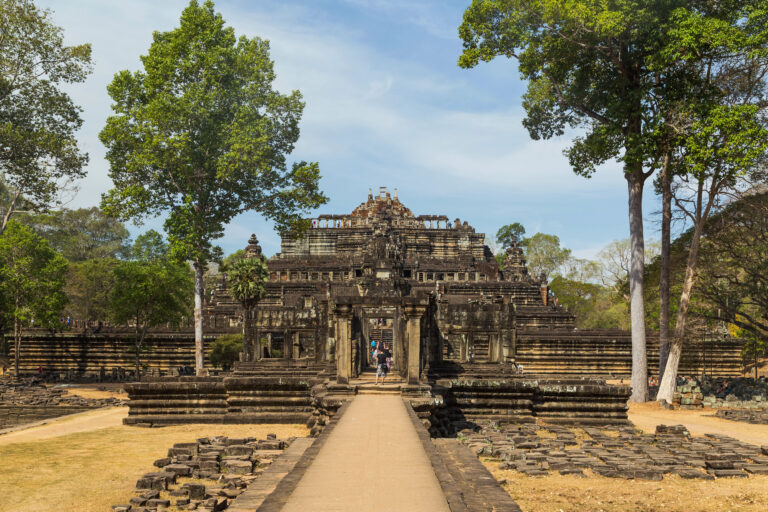
Baphuon Temple By Photo: Marcin Konsek / Wikimedia Commons, CC BY-SA 4.0, https://commons.wikimedia.org/w/index.php?curid=65630655
The Khmer Empire then experienced another period of upheaval until Suryavarman II, an ambitious ruler who expanded the empire significantly. It was he who built the iconic Angkor Wat, symbolizing the grandeur of the empire.
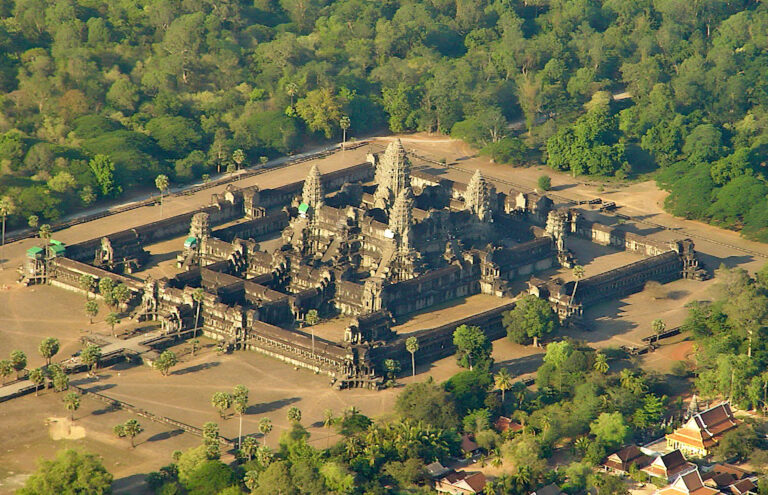

After the death of Suryavarman II, the capital city was inexplicably conquered by the Chams from Vietnam, putting the empire on the brink of collapse. Fortunately, the greatest king in Angkor's history, Jayavarman VII, was born. Raised as a hostage in enemy territory, he returned as an adult and ascended the throne in 1181, revitalizing the Khmer Empire. He led victorious military campaigns externally and internally restored the great Angkor Thom city, including several important surviving structures like the Elephant Terrace, the Bayon Temple, the Taprohm Temple, and the Banteay Kdei Temple. His achievements directly contributed to the spectacular cityscape witnessed by the Chinese diplomat Zhou Daguan in 1296.

Preah Khan - photo from internet
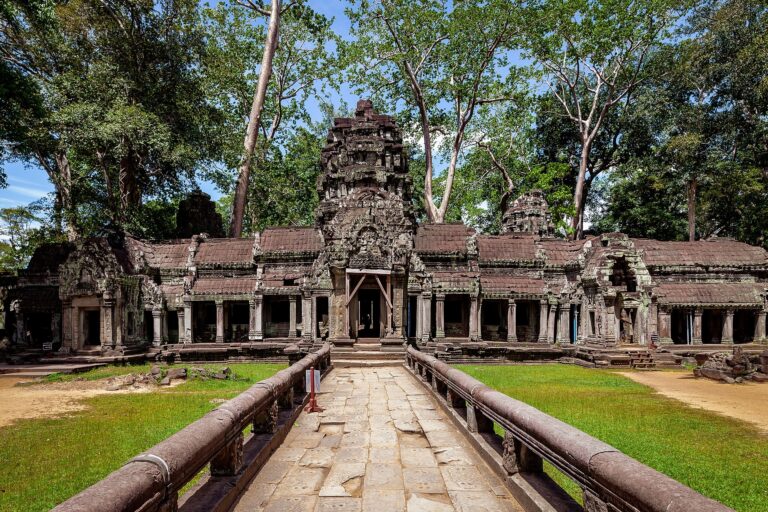
Ta Prohm- By Supanut Arunoprayote. - Own work, CC BY 4.0, https://commons.wikimedia.org/w/index.php?curid=104615033
Bayon Temple is a must-visit. Its more than 100 brick Buddha statues have made the world remember "Angkor's Smile".
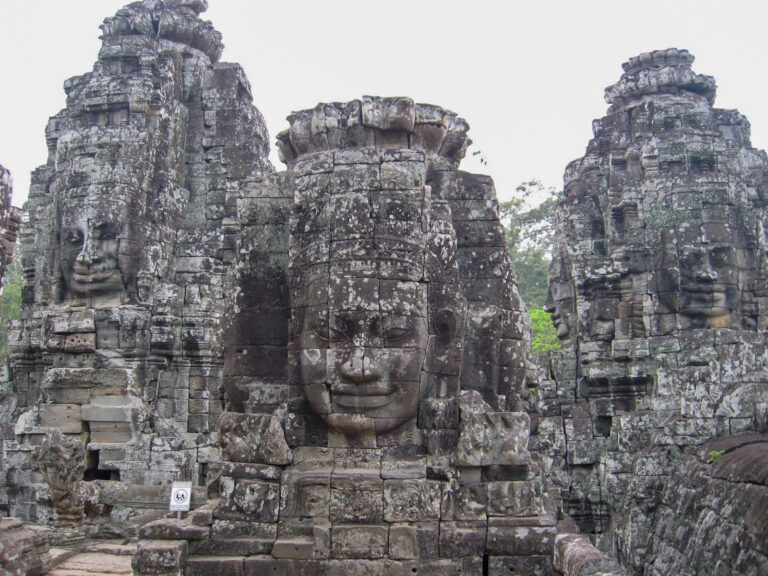
Bayon By Sasha India - IMG_0759, CC BY 2.0, https://commons.wikimedia.org/w/index.php?curid=104749829
After Jayavarman VII, the Khmer Empire entered an irreversible decline, culminating in its forced relocation in 1431. The once-lost empire now lies eroded by the harsh sun and rain, engulfed by jungle vegetation.
